In the midst of a growing opioid crisis that continues to grip communities worldwide, understanding and utilizing life-saving tools has never been more crucial. Among these, Narcan (naloxone) stands out as a beacon of hope, a literal lifesaver in the fight against opioid overdoses.
In this article, we delve into the science behind Narcan, unraveling how this remarkable medication works to reverse the deadly effects of opioid overdoses. By shedding light on its mechanism and effectiveness, we aim to provide a deeper understanding of why Narcan is an essential component in harm reduction strategies, especially in environments like festivals where the risk of opioid misuse can be high.
Join us as we explore the critical role of Narcan in saving lives and its significance in the broader context of public health and safety. Understanding Narcan is not just for medical professionals; it’s knowledge that can empower each one of us in combating the opioid crisis.
What is Narcan?
Narcan, known scientifically as naloxone, is a medication specifically designed to rapidly reverse opioid overdose. It’s a name that has become synonymous with second chances, providing a critical lifeline in dire situations.
- Composition and Forms: Narcan typically comes in two forms: a nasal spray and an injectable solution. The nasal spray, known for its ease of use, allows for quick administration in emergency situations, even by those without medical training. The injectable form is generally used by healthcare professionals.
- History and Development: The development of Narcan dates back to the 1960s, but its widespread recognition as a key tool in combating the opioid epidemic gained momentum in the last couple of decades. Its increasing availability to non-medical personnel, such as law enforcement and emergency responders, marks a significant shift in public health policy towards harm reduction.
Narcan’s role extends beyond just a medical response; it’s a symbol of the collective effort to address and mitigate the devastating impact of the opioid crisis. This section aims to provide a foundational understanding of what Narcan is and its evolution as a pivotal tool in overdose intervention.
The Science of Opioids and Overdoses
To comprehend how Narcan works, it’s essential first to understand the science behind opioids and what occurs in the body during an overdose.
- Opioid Effects on the Brain and Body: Opioids, including drugs like heroin and prescription painkillers, bind to opioid receptors in the brain and nervous system. This binding process can produce feelings of pain relief, euphoria, and relaxation. However, opioids also slow down breathing and heart rate, which can be dangerous at high doses.
- The Overdose Mechanism: An opioid overdose occurs when these drugs overwhelm the brain’s opioid receptors, leading to a dangerous slowing or even cessation of breathing. This respiratory depression is the primary cause of death in opioid overdoses. The body simply can’t get the oxygen it needs to function, leading to potentially fatal consequences.
Understanding the interaction between opioids and the body sets the stage for appreciating how Narcan acts as a life-saving intervention. The next section will delve into the specifics of Narcan’s action in the body.
How Narcan Works
The effectiveness of Narcan in reversing an opioid overdose lies in its ability to act quickly and directly on the brain’s opioid receptors. Here’s a closer look at its life-saving mechanism:
- Counteracting Opioids: Narcan works as an opioid antagonist, meaning it binds to the same receptors in the brain that opioids do, but without activating them. By attaching itself to these receptors, Narcan effectively blocks and reverses the effects of opioids.
- Action on Opioid Receptors: When administered during an overdose, Narcan quickly displaces the opioids from the receptors, reversing the respiratory depression caused by the overdose. This action can rapidly restore normal breathing in a person whose breathing has slowed or stopped due to opioid overdose.
The Effectiveness and Limitations of Narcan
Narcan is widely recognized for its high success rate in emergency situations. However, understanding its limitations is equally important.
- Success Rate: In cases of opioid overdose, Narcan has a high rate of success in restoring normal breathing, especially when administered promptly. Its effectiveness is a key reason why it’s become an essential tool in emergency response kits.
- Limitations: Narcan’s effects are temporary and can wear off before the opioids leave the body, potentially leading to a reoccurrence of overdose symptoms. Therefore, medical attention following its administration is crucial. Additionally, Narcan is ineffective against non-opioid drugs, which is important to consider in situations of poly-substance abuse.
Narcan’s Role in Harm Reduction Strategies
Narcan’s importance extends beyond individual emergencies; it’s a vital component of broader harm reduction strategies, particularly in settings like festivals where the risk of substance misuse can be elevated.
- A Pillar in Harm Reduction: Making Narcan accessible at festivals and other public venues is a proactive step in reducing the harm associated with opioid use. It’s an acknowledgment that while working towards preventing substance misuse, it’s equally important to be prepared for potential overdoses.
- Importance of Accessibility: The availability of Narcan can mean the difference between life and death in overdose situations. Ensuring that it is easily accessible to festival staff, medical personnel, and potentially festival-goers themselves, is a key aspect of effective harm reduction.
Understanding the science behind Narcan is crucial in appreciating its role in combating the opioid crisis. As festival organizers, public health advocates, or simply as members of the community, having knowledge about Narcan and advocating for its accessibility is part of a collective effort to create safer environments. Awareness and education about Narcan are pivotal in this fight, making it not just a medical tool, but a beacon of hope and a testament to the power of harm reduction strategies.







